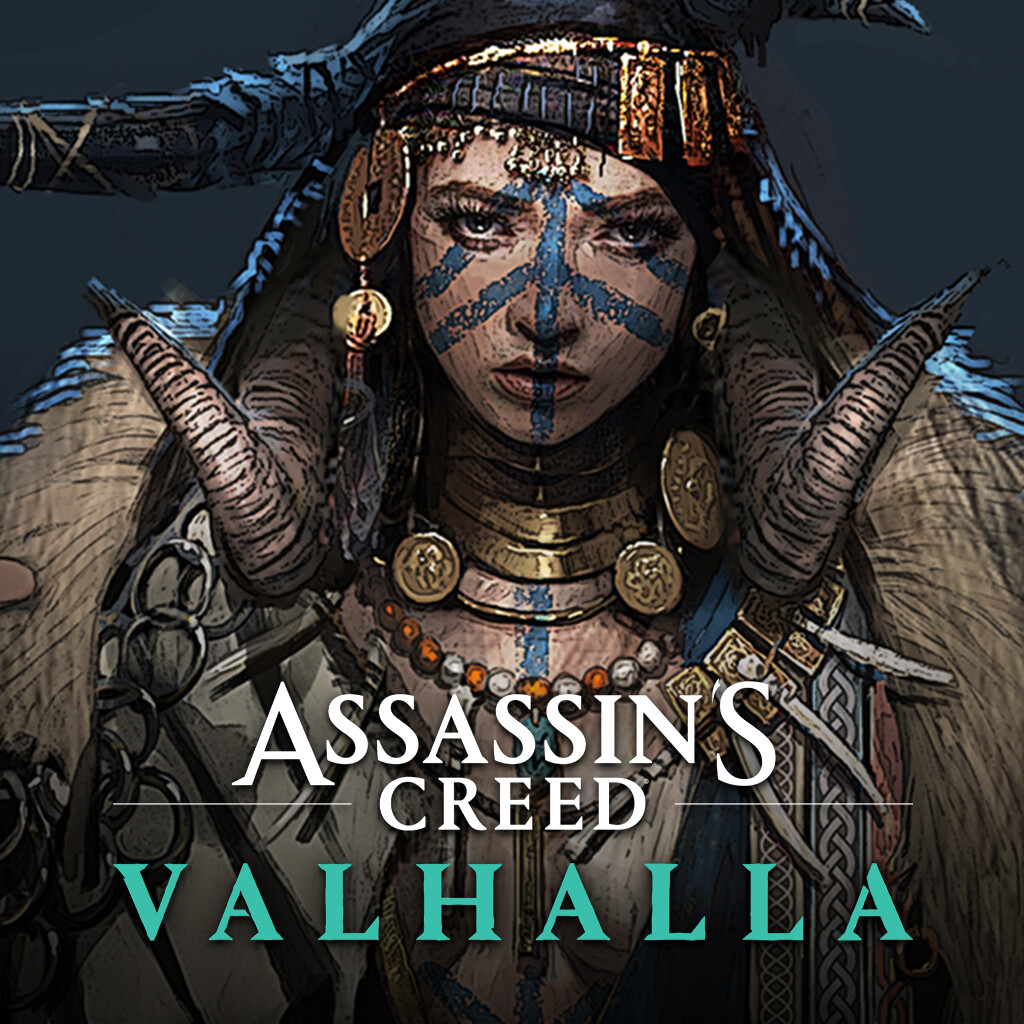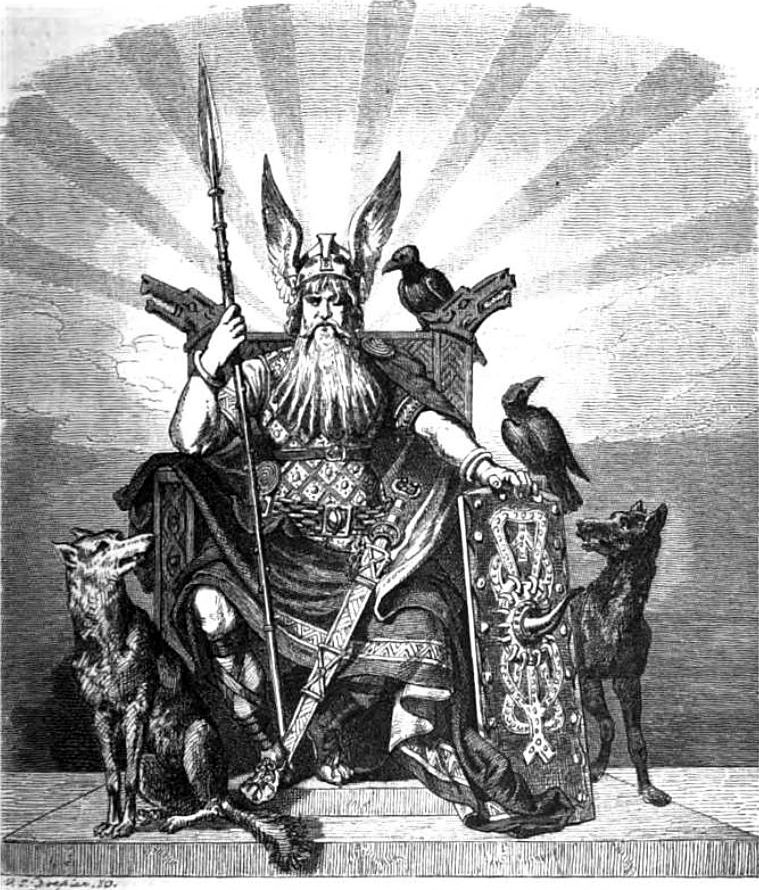Of the many fascinating things about philosophy, different cultures interpret it differently and the vikings were no different. Old Norse philosophy has many similarities to the practices of ancient Greek and Roman cultures in the sense that the philosophy emphasised happiness through living a life of virtue.
Characteristics of wisdom, self-control, bravery and personal independence were all valued within Old Norse philosophy. But as Norse Mythology Org points out, the vikings didn’t express their worldview through the logos, i.e. universal concepts of rationality and theoretical exposition.
Rather, Old Norse philosophy had its foundations built on mythos, a story-based worldview of gods, heroes, myths and legends. This distinction is important when seeking to understand how the vikings approached life and I’ll be delving into different concepts across the culture and bringing them into a philosophical perspective.
The first concept is seidr.
What is seidr?
Seidr refers to a specific kind of magic within viking culture that is tied to themes of fate and change. The word itself means ‘cord’ or ‘snare’ in Old Norse and it was often used by practitioners in the course of trying to change one’s life and crafting new events.
While seidr could be performed by men and women, the practice had strong feminine connotations and was usually carried out by sorceresses called volva. The concept also had powerful connections to Odin, god of war, poetry and sorcery and Freyja, a member of the Vanir who was said to have taught it to the Aesir.

What is involved in seidr?
Seidr was practiced for many reasons. It may have been done to curse enemies, lift hexes, and reveal prophecy, with volva travelling from town to town to perform magic for a price.
A famous example of a volva working seidr comes from the Saga of Erik the Red. Called Thorbjorg (protected by Thor), the woman dressed in a blue cloak, a headpiece of black lamb trimmed with white ermine and carried a distaff (a tool used for spinning).
Here is a passage from the saga:
“Now, when she came in the evening, accompanied by the man who had been sent to meet her, she was dressed in such wise that she had a blue mantle over her, with strings for the neck, and it was inlaid with gems quite down to the skirt. On her neck she had glass beads.
On her head she had a black hood of lambskin, lined with ermine. A staff she had in her head with a knob thereon; it was ornamented with brass, and inhaled with gems round about the knob. Around her she wore a girdle of soft hair, and therein was a large skin-bag, in which she kept talismans needful to her in her wisdom.
She wore hairy calf-skin shoes on her feet, with long and strong-looking thongs to them, and great knobs of latten at the ends. On her hands she had gloves or ermine-skin, and they were white and hairy within.”
Although seidr could be carried out by men to do so would seem unmanly. This is because of the association with ergi, a concept with effeminate connotations. It wasn’t uncommon for volva to take on male apprentices or for men to be involved in rituals that required seidr magic.
And let’s not forget that Odin himself was recognised as a powerful seidr practitioner. In the Poetic Edda, Loki insults Odin by accusing him of wielding magic, condemning it as the most unmanlinest act of all.
As the ruler of Asgard, Odin would certainly have used whatever means available to keep his position secure and that could have been a powerful justification for why men chose to practice seidr.

Seidr in the modern day
Today, seidr is practiced by neo-pagans and can be seen as a style of trance work that may tap into outside phenomenon and psychological practices.
When viewed through a modern lens, there are interesting applications for the practice. For example, the idea that each of us is trying to weave our own fates is a universal idea that everyone understands.
With the rise of social media and technology, many of us are practicing our own kind of seidr magic by relying on outside forces to impact our life path. A smartphone is a tool that can be wielded for being the voice of a community, skewering an enemy with a scathing tweet or spinning a new story that creates a different version of us.
Let me know your thoughts on Old Norse philosophy and leave a comment below.